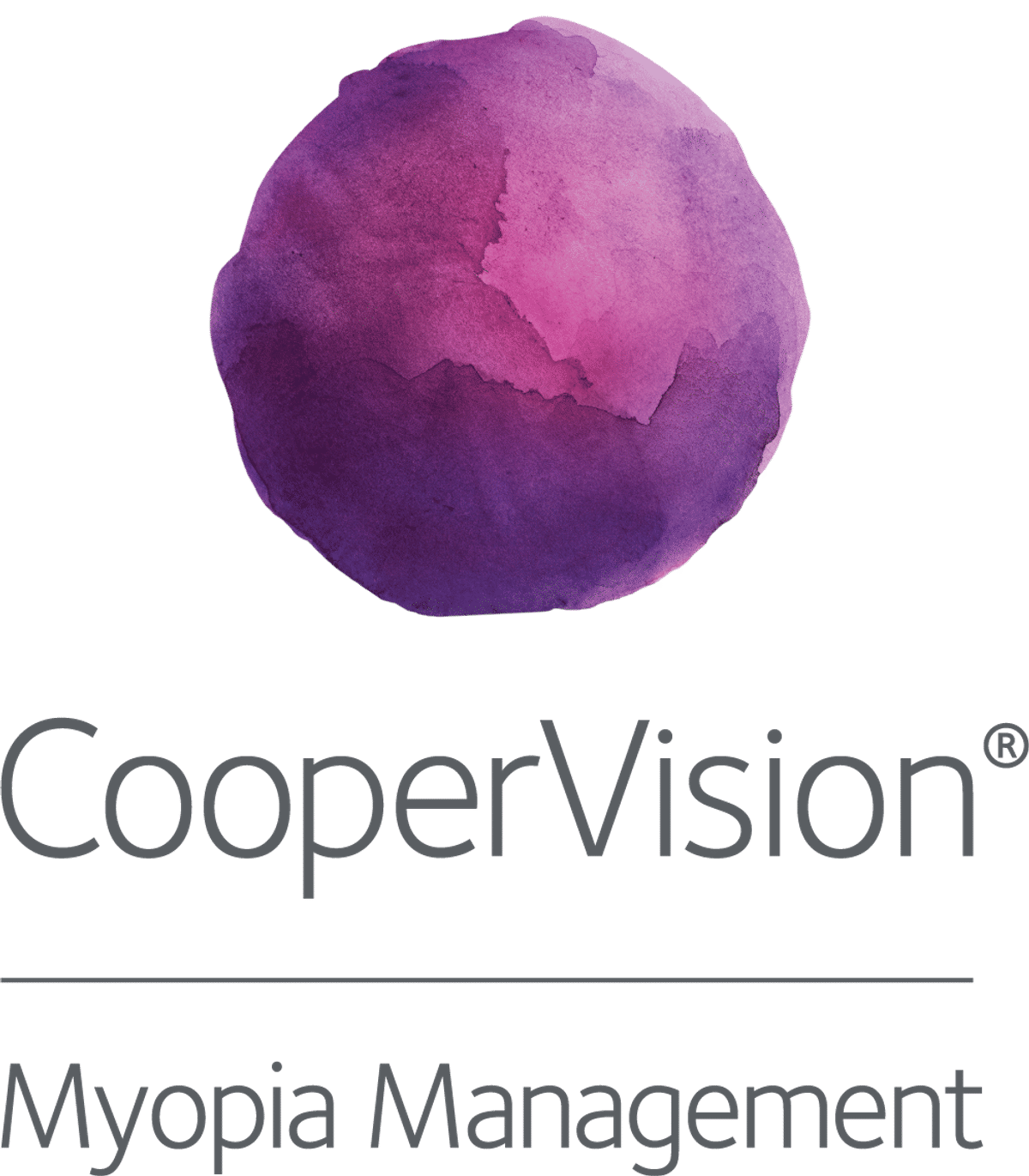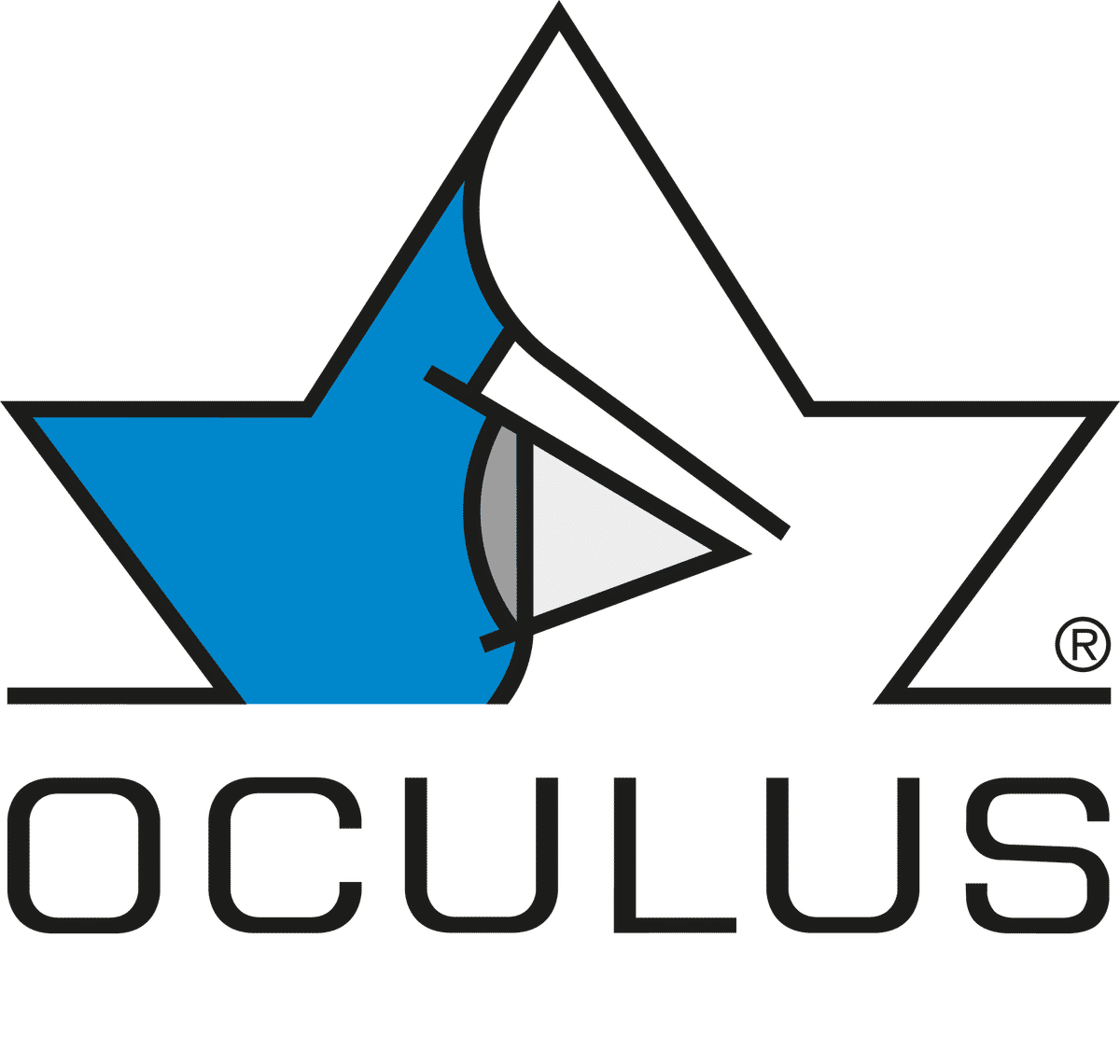Science
ARVO2025 Recap #6 - Retinal and physical health in myopic kids

In this article:
Wrapping up our on-the-ground reporting from the Association for Research in Vision and Ophthalmology (ARVO) annual meeting in Salt Lake City, USA, this final recap covers retinal changes and physical health issues in children with myopia. Featured abstracts cover risks like retinal detachment, peripheral retinal lesions, and BMI-related vision impacts—emphasising the importance of taking note of both ocular and systemic health in young myopes.
- The Influence of Myopia Progression in Children on the Risk of Retinal Detachment: A Comprehensive Outcomes Analysis
- Prevalence of Peripheral Retinal Lesions in Highly Myopic Children
- Long-term retinal findings in the Bifocal Lenses in Nearsighted Kids (BLINK) Study
- Obesity, physical activity, BMI and visual function in children in Ireland: two new studies
The Influence of Myopia Progression in Children on the Risk of Retinal Detachment: A Comprehensive Outcomes Analysis
Shon Shmushkevich from the University of Miami, USA.
Authors:
Shon Shmushkevich¹,², Shannan Berzack², Sandi Bajrami³, Patrick Higgins⁴, Rudolph Wagner⁵
- University of Miami Health System Bascom Palmer Eye Institute, Miami, Florida, United States
- Florida International University Herbert Wertheim College of Medicine, Miami, Florida, United States
- Stony Brook Medicine, Stony Brook, New York, United States
- University of South Carolina, Columbia, South Carolina, United States
- Ophthalmology, Rutgers New Jersey Medical School, Newark, New Jersey, United States
Summary
A retrospective cohort study encompassing 66 US healthcare systems compared myopic children (n=151,499) against non-myopic children (n=5,073,124), over a 10-year period to investigate the long-term association between childhood myopia and the risk of retinal detachment. Retinal detachment occurred in 0.5% of the myopic cohort versus 0.04% in controls, yielding a risk ratio of 10.43 and odds ratio of 10.47. Children with myopia are at markedly elevated risk for retinal detachment, highlighting the need for public health measures and clinical approaches aimed at slowing myopia progression and reducing long-term vision-threatening complications.
Prevalence of Peripheral Retinal Lesions in Highly Myopic Children
Jacques Bijon from Adolphe de Rothschild Foundation Hospital, France.
Authors:
Jacques Bijon¹, Sophie Bonnin¹, Georges Caputo¹, Etienne Boulanger¹, Youssef Abdelmassih¹, Jost B. Jonas¹, Thibaut Chapron¹
Ophthalmology, Adolphe de Rothschild Foundation Hospital, Paris, Paris, France
Summary
A retrospective cross-sectional study was conducted on a cohort of children aged 4-17 years with high myopia (n=150 eyes from 83 children), to evaluate the prevalence and types of peripheral retinal lesions in children with high myopia. Widefield fundus imaging revealed peripheral anomalies in 50% of eyes - most commonly dark without pressure (52%), followed by white without pressure (33%), then snail-track and lattice degeneration (10-15%). Peripheral retinal anomalies were common in highly myopic children; and older children, who often showed multiple abnormalities, warrant detailed peripheral retinal examination and strategies to prevent complications.
Long-term retinal findings in the Bifocal Lenses in Nearsighted Kids (BLINK) Study
Lisa Jordan (left) and Donald Mutti (right) from The Ohio State University, USA.
Authors:
Lisa Jordan¹, Krystal Schulle², Loraine T Sinnott¹, Danielle J Orr¹, Rachel L Fenton¹, David A Berntsen³, Donald O Mutti¹, Jeffrey J Walline¹
- College of Optometry, The Ohio State University, Columbus, Ohio, United States
- Private practice, Houston, Texas, United States
- College of Optometry, University of Houston System, Houston, Texas, United States
Summary
The BLINK study enrolled children aged 7 to 12 years with myopia and were followed up to 8 years wearing single vision or soft multifocal contact lenses. This study describes the prevalence and incidence of retinal findings in myopic adolescents (n=294) over 8 years, who received annual dilated fundus examinations. 76% had at least one retinal finding, and 32% had a vitreous or peripheral retinal change that could potentially lead to sight-threatening complications. The incidence rate for any retinal finding was 12.4 per 100 years of follow-up; and more baseline myopia, but not axial length, was associated with higher rates of retinal findings. This emphasises the importance of annual dilated retinal examination for young myopes, regardless of amount of myopia.
Obesity, physical activity, BMI and visual function in children in Ireland: two new studies
Siofra Harrington (pictured) from Technological University of Dublin, Ireland.
Paper: Exploring the relationship Between BMI and visual function in schoolchildren in Ireland: a cross-sectional study
Authors: Siofra Christine Harrington¹,², Carolyn Drews-Botsch³, James Loughman²,⁴
- School of Physics, Clinical and Optometric Sciences, Technological University Dublin, Dublin, Dublin, Ireland
- TU Dublin, Centre for Eye Research Ireland, Dublin, Dublin, Ireland
- George Mason University, Fairfax, Virginia, United States
- Technological University Dublin, Dublin, Dublin, Ireland
Paper: Obesity and Physical Activity in Children with Early Vision Problems: A Secondary Analysis of Data from the Growing-Up in Ireland Study
Authors: Carolyn Drews-Botsch¹, Siofra Christine Harrington²
- Global and Community Health, George Mason University, Fairfax, Virginia, United States
- Clinical and Optometric Sciences, Technological University Dublin, Dublin, Ireland
Summary
The cross-sectional study, led by Siofra Harrington, explored the association between body mass index (BMI) and visual function in Irish schoolchildren (n=1626) aged 6–7 and 12–13 years. Higher BMI correlated with poorer visual acuity and stereoacuity, and obese children showed elevated odds of visual impairment (OR=1.9), myopia (OR=1.7), astigmatism (OR=1.7), amblyopia (OR=1.8), and abnormal stereoacuity (OR=1.9) compared to healthy-weight peers. Obesity prevalence was also higher among older children, those from disadvantaged backgrounds, and non-white ethnic groups.
Similarly, a longitudinal study led by Carolyn Drews-Botsch examined whether early vision problems are associated with an increased risk of obesity in later childhood. Using data from the the Growing Up in Ireland cohort (n=6621), the study examined whether early vision problems (at age 3 or 5) were associated with an increased risk of obesity by age 9. Results indicated that children with early vision problems (at age 3 or 5) had a greater BMI increase between ages 5 and 9, and 40% higher odds of becoming overweight or obese (OR 1.39) than those without vision problems.
Meet the Authors:
About Brian Peng
Brian is a clinical optometrist based in Sydney, Australia. He graduated from the University of New South Wales and was awarded the Research Project Prize for his work on myopia. He has a keen interest in myopia-related research, industry, and education.
Read Brian's work on our My Kids Vision website, our public awareness platform. Brian also works on development of various new resources across MyopiaProfile.com.
Enormous thanks to our visionary sponsors
Myopia Profile’s growth into a world leading platform has been made possible through the support of our visionary sponsors, who share our mission to improve children’s vision care worldwide. Click on their logos to learn about how these companies are innovating and developing resources with us to support you in managing your patients with myopia.












